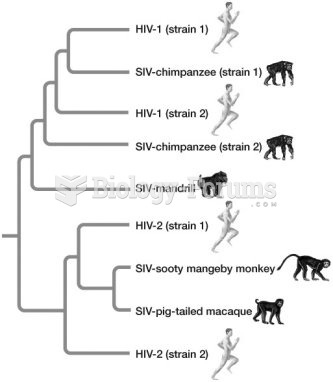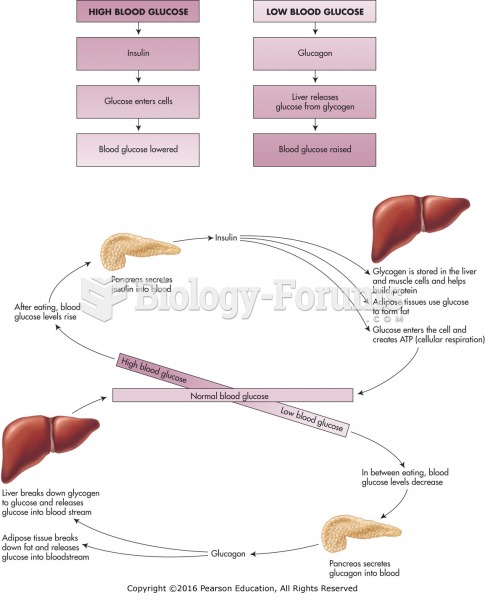|
|
|
The first oral chemotherapy drug for colon cancer was approved by FDA in 2001.
An identified risk factor for osteoporosis is the intake of excessive amounts of vitamin A. Dietary intake of approximately double the recommended daily amount of vitamin A, by women, has been shown to reduce bone mineral density and increase the chances for hip fractures compared with women who consumed the recommended daily amount (or less) of vitamin A.
There are more nerve cells in one human brain than there are stars in the Milky Way.
Nearly 31 million adults in America have a total cholesterol level that is more than 240 mg per dL.
To prove that stomach ulcers were caused by bacteria and not by stress, a researcher consumed an entire laboratory beaker full of bacterial culture. After this, he did indeed develop stomach ulcers, and won the Nobel Prize for his discovery.







